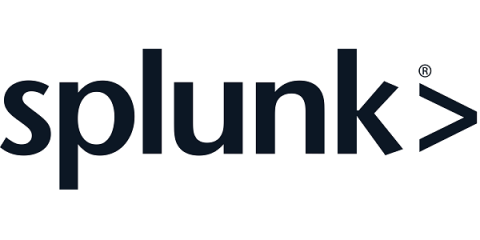Automated App Re-Platforming from Windows to Linux using CloudHedge
Did the recent Windows 2008 and Windows 2008 R2 support withdrawal from Microsoft affecting your business? More than support, are the licensing costs of Windows Server causing a huge dent in your budgets? In every board meeting, is your CTO saying that we need to containerize apps but you don’t know where and how to start? Do these questions sound familiar? Then I guess, it’s time to modernize your applications and jump on the automated containerization bandwagon.











